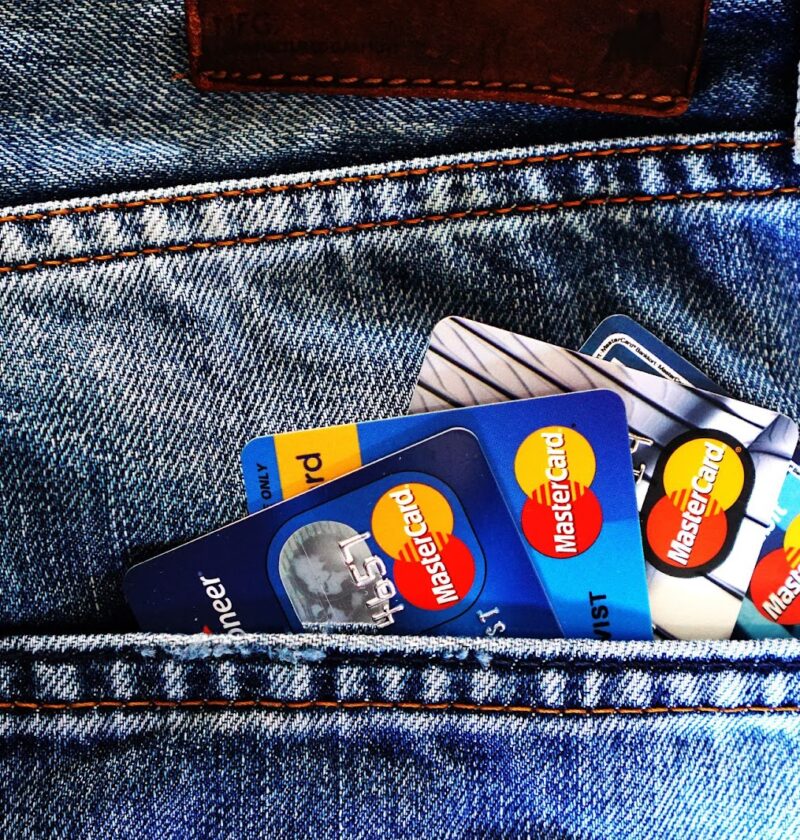Having a good credit score is crucial in today’s world. It influences everything from whether you can get a car loan or mortgage to even potential job opportunities. While various credit repair companies promise to boost your score quickly, some of these services can be costly and not always effective. The good news is that you can take matters into your own hands and improve your credit score through a Do-It-Yourself approach.
DIY credit repair may seem like a daunting task, but with some strategic planning and discipline, you can pave the way to financial freedom. Here are some tips and tricks to get you started.
1. Review Your Credit Reports
The first step in any credit repair journey is knowing where you stand. Obtain your credit reports from the three major credit bureaus and scrutinize them for errors or inaccuracies. Incorrect account statuses, balances, and even names can affect your score negatively.
If you find discrepancies, write a credit repair letter to the credit bureaus to dispute them. Credit repair letter best practices include making sure your letter is clear, concise, and includes all necessary documentation to prove your case.
It’s crucial to send these letters by certified mail, so you have proof of communication. Follow up regularly to ensure that the errors are corrected.
2. Pay Bills On Time
Your payment history is the most significant factor in your credit score. Late payments, even by a few days, can have a damaging impact. Create a payment schedule and set reminders to ensure you never miss a due date. Automating payments can be a useful way to ensure punctuality.
3. Reduce Credit Card Balances
High credit card balances relative to your credit limit can also dent your score. A good rule of thumb is to keep your credit utilization ratio—your credit card balances divided by credit limits—below 30%. Pay off high-interest cards first and consider using a balance transfer to consolidate debt.
4. Diversify Your Credit Mix
Lenders like to see a variety of credit accounts, including credit cards, installment loans, and retail accounts. A diverse credit mix shows that you can handle different types of credit responsibly.
However, don’t open new accounts just for the sake of diversifying; it’s crucial to manage these accounts wisely.
5. Become An Authorized User
If a friend or family member has a good credit history, consider asking them to add you as an authorized user on their credit card. This action can help improve your score by adding their positive payment history to your report. Make sure to discuss the responsibilities and limitations before taking this step.
6. Negotiate With Creditors
If you have accounts in collections or late payments, negotiate with your creditors to remove these marks in exchange for payment. Often called “pay for delete,” this strategy isn’t always successful, but it’s worth a try. Make sure to get any agreement in writing before making a payment.
7. Limit New Credit Inquiries
Each time you apply for a new credit account, a “hard inquiry” appears on your report, lowering your score slightly. Multiple hard inquiries in a short period can have a more severe impact. Be cautious when applying for new credit and make sure it’s necessary.
8. Consult A Financial Advisor
Although DIY credit repair is doable, sometimes the situation might call for professional advice. Consult a financial advisor to get a comprehensive plan tailored to your circumstances. These consultations can often reveal options you hadn’t considered.
Conclusion
Improving your credit score is a marathon, not a sprint. While the process can be time-consuming, the rewards are well worth the effort: lower interest rates, better loan terms, and the financial freedom to make life’s significant decisions on your terms.
By taking a proactive approach and utilizing these DIY credit repair tips, you can gain control over your financial health and pave the way for a more secure future.







